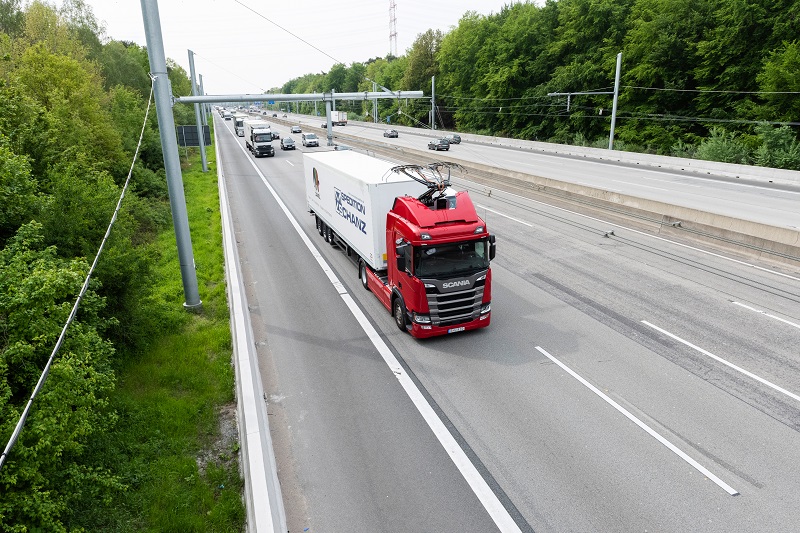Infrastructure has been a priority for the Modi government in the last five years. It made a significant investment in public transport, highway construction, railways, and water transport and air connectivity. The large public investment in infrastructure was supported by oil bonanza which government got in initial years due to a slump in crude prices.
There has been a very low investment in roads sector by UPA government because various welfare programs like MGNREGA have constrained the government from financing infrastructure building. The last big push in road development was in NDA-1 government led by former prime minister Atal Bihari Vajpayee. The two big infrastructure projects- Golden Quadrilateral Network and Pradhan Mantri Gram Sadak Yojna (PMGSY) were started during this time.
In the second term too, the NDA government prioritized infrastructure spending like NDA-1. After the completion of four and a half years, PM Modi led government has achieved enormous success in the field of infrastructure development. After the Modi government was reelected, it promised 144 lakh crore rupees investment in infrastructure investment in the next five years.
Now, according to reports, the government will launch two new modes of transportation in the next two to three years. A 10 km pilot electric highway on the Delhi Mumbai Expressway and a Metrolite, barricaded light rail tracks passing through second and third-tier cities will be launched next few years.
The Transportation Ministry in collaboration with heavy industries department will run the 10 km electric highway which is expected to cost around 200 crore rupees. Both modes will require overhead electric supply to power the engines. The government will enlist a truck manufacturer to produce some stereotype.
India wants to lead the world in electric highway projects. So far there have been only three demonstrations of metro projects across the world with most prominent being A5 motorway outside Frankfurt in May. A committee under NITI Aayog recommended for trial of e-highway program.
“Trucks of 80 tonnes will be deployed and these will have electric cable to draw power from the overhead cable network… There will be two tracks and trucks with containers can run at 100kmph. The trucks will run on electricity for 20km and the battery will get charged to run on stretches where there is no overhead wire. Again, after some kilometres, these can tap the overhead wire and simultaneously get charged again while running,” said Gadkari. The transport minister also plans to make India hub for electric automobile manufacturing. India already has strong petroleum fuelled automobiles and now the country plans to lead the e-vehicles industry.
BJP promised 144 lakh crore rupees investment in next five years if the party comes to power. As the scope for government is limited, the money will be sourced from private players and this boosted the confidence of financers. In the March quarter, the total loan given for infra projects was 52000 crore rupees compared 14400 crores in the previous quarter. This is the highest loan to infrastructure project since 2011.
